#20th Century
Text


Watch
c.1900
Indianapolis Museum of Art (Accession Number: 73.70.38)
#watch#fashion history#historical fashion#accessories#turn of the century#edwardian#1900#1900s#20th century#red#gold#enamel#diamond#indianapolis museum of art
401 notes
·
View notes
Text

1909 Postcard 'Billie Burke' by Rotary Photographic Co Ltd
(Powerhouse Museum)
167 notes
·
View notes
Text

Clint Eastwood and wife Maggie Johnson in Las Vegas - 1959
#clint eastwood#maggie johnson#las vegas#20th century#hollywood#old hollywood#classic hollywood#50s#1959
97 notes
·
View notes
Text
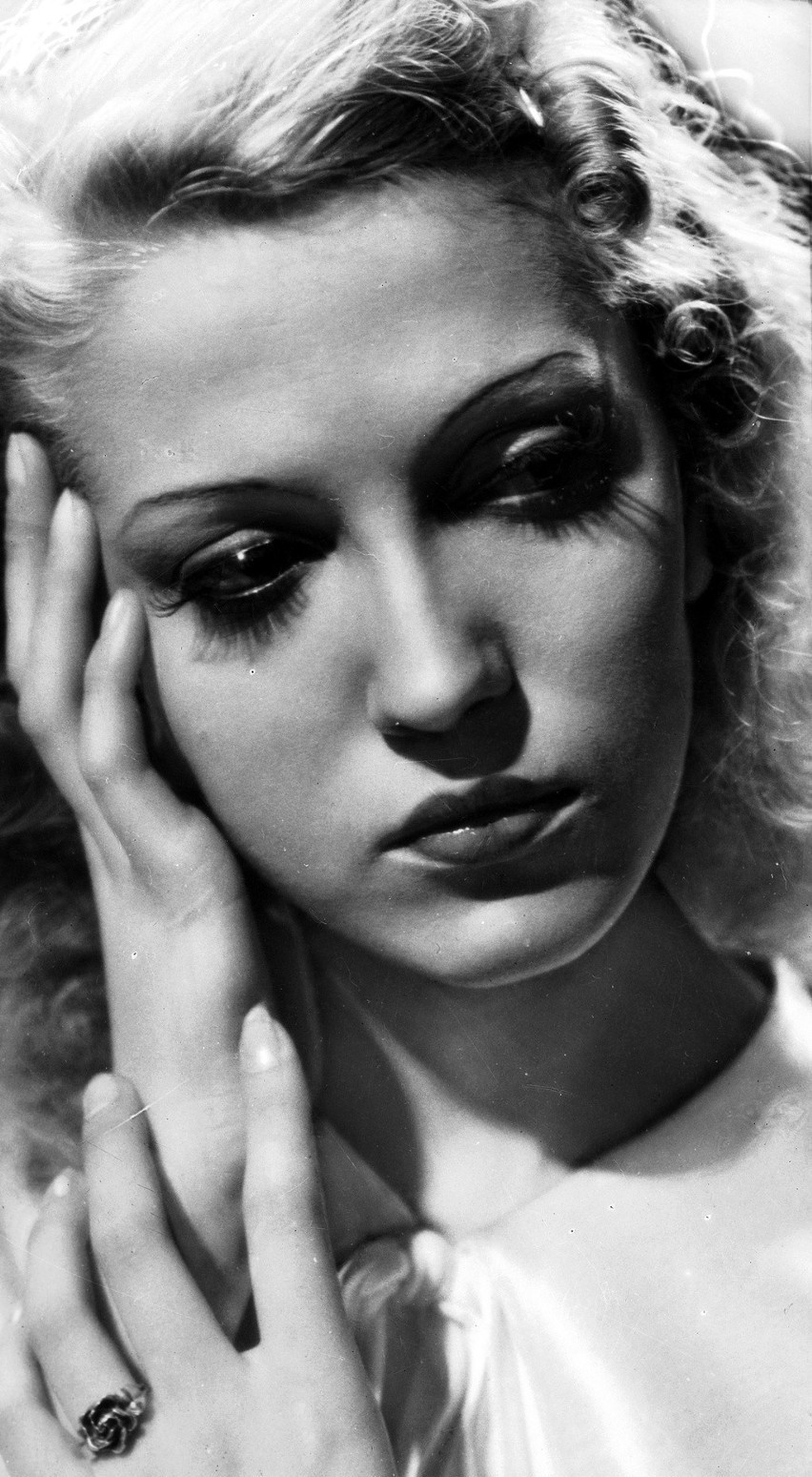









Tamara Wiszniewska (1919-1981) - Polish actress
Tamara Wiszniewska was born on December 19, 1919 in Dubno, Poland (now a region in western Ukraine) on the banks of the Ikva River. It was here that she spent her younger years during which she picked up dancing, which eventually led her to her career in film. In her 1981 obituary in the Democrat & Chronicle, it was reported that Tamara, at age 15, “Was a ballet dancer, when German film director Paul Wegener discovered her and gave her a role in the historical film, August der Starke (August the Strong)” which premiered in 1936. This German/Polish co-production is a biographical look into the life of Augustus II, ruler of Saxony and Poland-Lithuania from 1694-1733. Although Tamara played only a small role it marked her debut and eventual rise to fame within the Polish film industry.
Following her appearance in August der Starke, Tamara appeared in thirteen other films between 1936 and 1939, including Trójka Hultajska (The Trio Hultajska, 1937), Ordynat Michorowski (Ordinate Michorowski, 1937), and Kobiety nad Przepaścią (Women Over the Precipice, 1938). Wladyslaw (Walter) Mikosz, Tamara’s future husband, produced two of these films. In an interview, Tamara and Walter’s daughter, Irene, states that, "The two met because of their film careers, and were married [late that same year] in 1937".
Life for the Mikoszs was happy for a time. Tamara continued to pursue her acting career through 1938 and 1939 and had welcomed a new born daughter into the world alongside her husband, Wladyslaw. Unfortunately, these happy times did not last long as the Mikosz family experienced the rise of Nazi Germany and their occupation of Poland in 1939 during World War II. The following excerpt from an interview with Tamara in a 1974 Times Union tells how drastically their lives were changed:
"I always played a rich spoiled girl who had lovely clothes, and for a short time I lived that kind of life too. It was a short, beautiful life that ended when the Germans took over Poland in 1939. We were wealthy and the toast of the town then. We’d go to Prague and Vienna just to see an opera or to play in the casinos. When the Germans came, my intuition told me I should have something on me to exchange. I sewed my jewelry into my clothes. Later, it bought us passes to freedom and bread so we were never hungry."
The German occupation of Poland during World War II brought then “beautiful” life of the Mikosz family to an end. Gone were their illustrious careers in film and the rewards that such a life had brought to them. In a later interview, Irene mentioned that her mother "was preparing to sign a contract for a film career in Hollywood, but Hitler’s invasion of Poland derailed the plans". Sadly, Tamara’s last appearance on the silver screen was in 1939 prior to the invasion of Hitler’s Germany; she never again starred in any films.
Although her dreams had been crushed, Tamara and her family did not lose hope. They made the best of their current situation, and were able to survive by selling the fruits of their labors that they harvested during their days in the film industry; their lives had been consumed with a fight to survive rather than a dream to thrive. However, not being ones to live quiet lives, the Mikoszs volunteered for the Polish Underground, the exiled Polish government that fought to resist German occupation of Poland during World War II. As civilians with backgrounds in film, Tamara and Walter were most likely engaged in spreading Polish nationalistic and anti-German propaganda. Such efforts of the civilian branch of the Polish Underground was in support of what Jan Kamieński refers to as "small sabotage" in his book, Hidden in the Enemy's Sight: Resisting the Third Reich from Within: "In contrast of major sabotage, the idea of small sabotage was to remind the German occupiers of an enduring Polish presence, to ensure that they felt a constant sense of unease and generally undermine their self-confidence". While attending to these duties within the Underground, the Mikosz family was separated and shipped off to separate countries: Tamara and her daughter, Irene, to Czechoslovakia (where Tamara’s parents had been sent) and Walter to Bavaria. The family was not reunited until 1945, when they were sent to the same refugee camp in Bavaria. The Mikoszs remained in the Bavarian refugee camp until the year 1950, in which they emigrated to the United States of America. Tamara and Walter lived quiet lives in Rochester, NY after arriving from a war-torn Europe, and did so until they passed away.
Although they have long since passed away from this Earth, the stories of the Polish film star, Tamara, and her film-producer husband, Wladyslaw Mikosz, will live on so long as there are people around to tell it.
#history#history crushes#submission#tamara wiszniewska#polish#actress#film history#1930s#30s#old hollywood#women in film#women in history#poland#wwii#world war 2#ww2#ww2 history#old movies#old phography#20th century
107 notes
·
View notes
Text

#i know umbrellas is stretching the idea of fashion a little bit#but these were so gorgeous i simply couldn’t resist! 🥰#historical fashion polls#fashion poll#historical dress#historical fashion#dress history#fashion history#fashion plate#20th century fashion#early 20th century#20th century#1910s style#1910s dress#1910s fashion#circa 1910#1910s#circa 1912#1912#umbrella#parasol
78 notes
·
View notes
Text

Ukrainian girl from Zakarpattia. Early 20th century
Source: https://pinterest.com/pin/88383211431261005/
#ukrainians#folk costume#historical photos#20th century#zakarpattia#ukraine#austria hungary#???#slavic#carpathians
61 notes
·
View notes
Photo
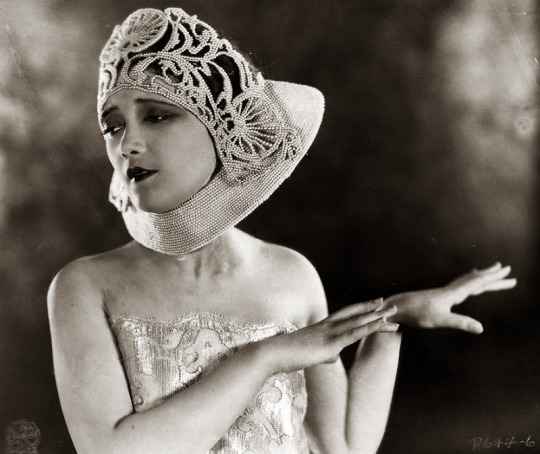


Silent film actress Jetta Goudal in the film "Salome of the Tenements", 1925
#jetta goudal#salome of the tentements#1925#1920s#photography#mdpcostume#20th Century#20th c. costume#film costume#headdress#costume design
33 notes
·
View notes
Text

Irises,Russia (1910s)
#Россия#Russia#vintage#photography#Europe#irises#flowers#russian#nature#european#vintage photography#1910s#20th century
22 notes
·
View notes
Text
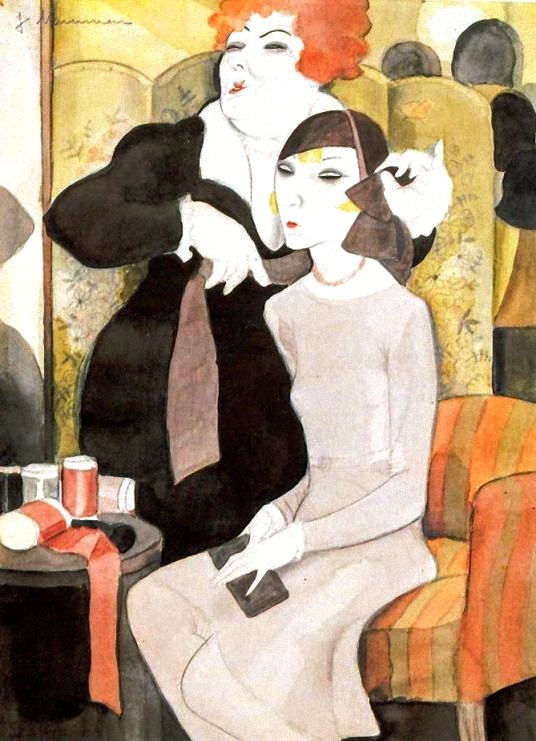
Jeanne Mammen The New Hat. 1925. Pencil and watercolor: 44 × 32 cm (17 × 12 in).
#jeanne mammen#women artists#1920s#berlin#culture#women#style#fashion#vintage#lifestyle#retro#lgbtq#beauty#art history#makeup#20th century#aesthetic#sapphic#feminism#watercolor
22 notes
·
View notes
Text

Woman Sewing by Antonio Mancini, 1914
#art#books & libraries#illustration#classic academia#classic art#oil painting#light academia#dark academia#chaotic academia#paintings#painter#painting#paint#traditional painting#art painting#artwork#light academia painting#light academia art#light academism#light academia aesthetic#art academia#academia art#academia style#academia#1900s#1900s art#20th century
19 notes
·
View notes
Text



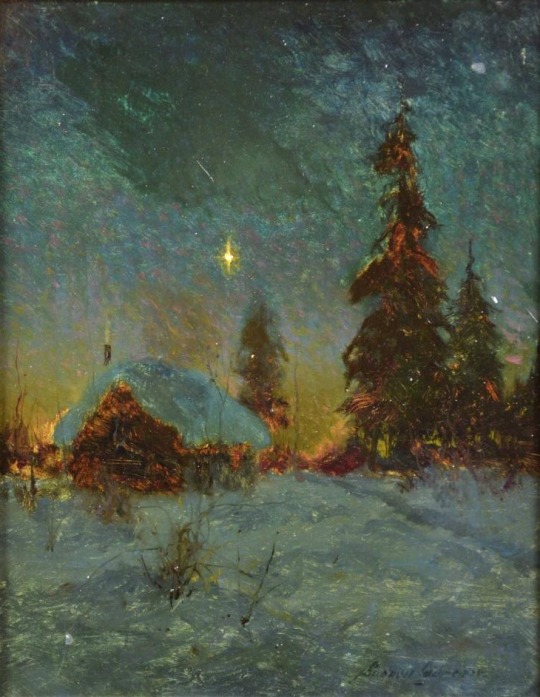
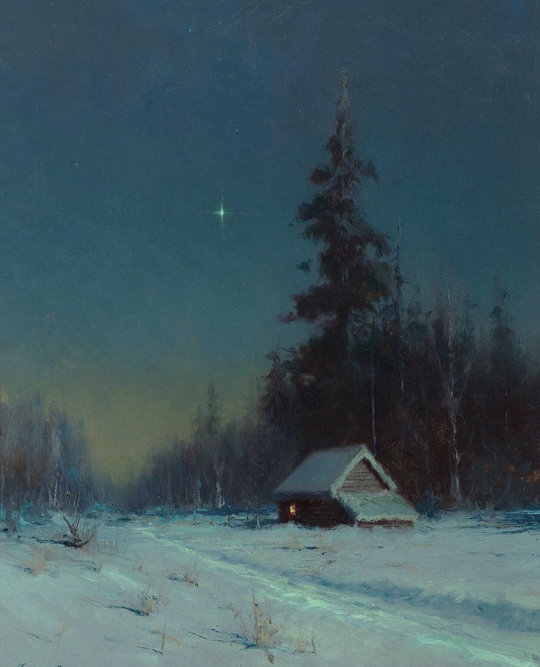



Sydney Mortimer Laurence (American, 1865–1940)
16K notes
·
View notes
Text

Bodice Ornament & Hair Comb
René Lalique
1903-1904
The Art Nouveau style caused a dramatic shift in jewellery design, reaching a peak around 1900 when it triumphed at the Paris International Exhibition.
Its followers created sinuous, organic pieces whose undercurrents of eroticism and death were a world away from the floral motifs of earlier generations. Art Nouveau jewellers like René Lalique also distanced themselves from conventional precious stones and put greater emphasis on the subtle effects of materials such as glass, horn and enamel.
René Lalique, 'the admitted king of Paris fashions', chose his materials for aesthetic effect and artistic refinement, not for mere preciousness or brilliance. Credited with introducing horn into the jewellery repertoire, he dazzled the public with a collection of ornamental combs made of horn. They were moulded and sculpted in the shape of flowers, waves and butterflies.
Victoria & Albert Museum (M.116A-1966 & M.116A-1966)
#art nouveau#historical fashion#fashion history#art history#rene lalique#1900s#brooch#comb#belle epoque#1903#1904#france#20th century#turn of the century#glass#enamel#gold#opal#jewelry#v and a
337 notes
·
View notes
Text


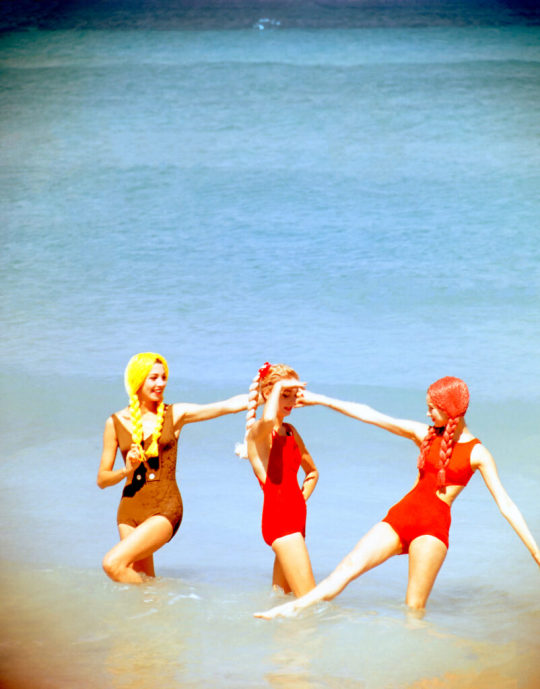
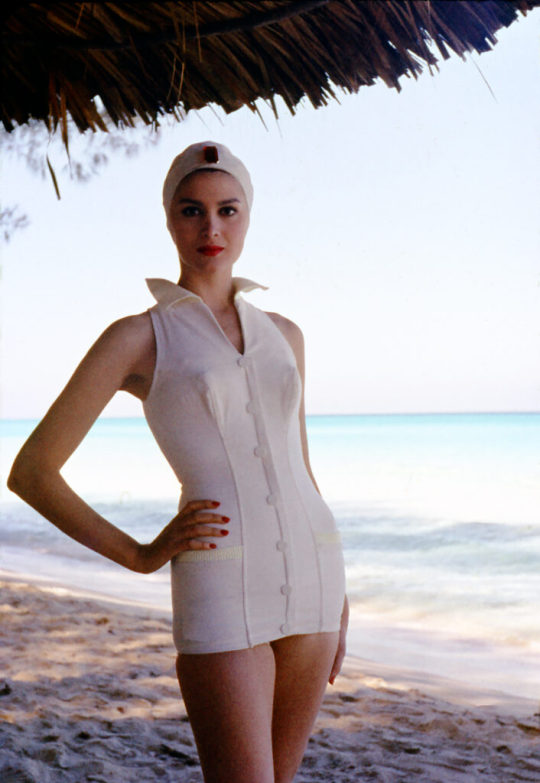



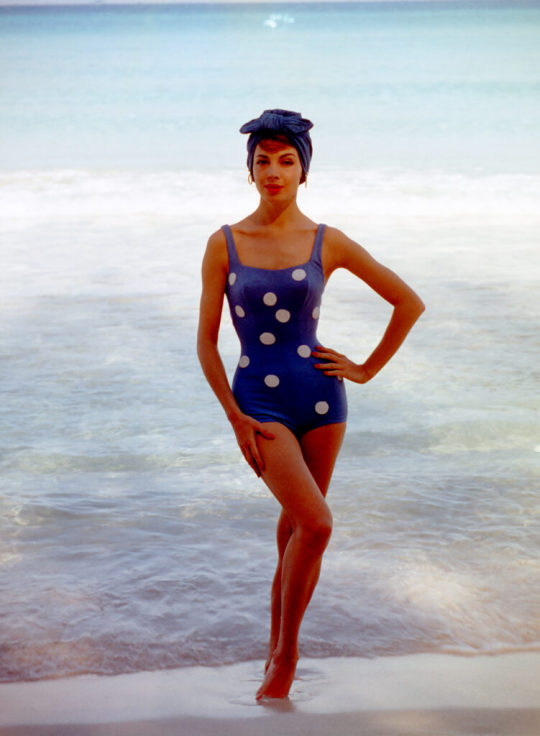



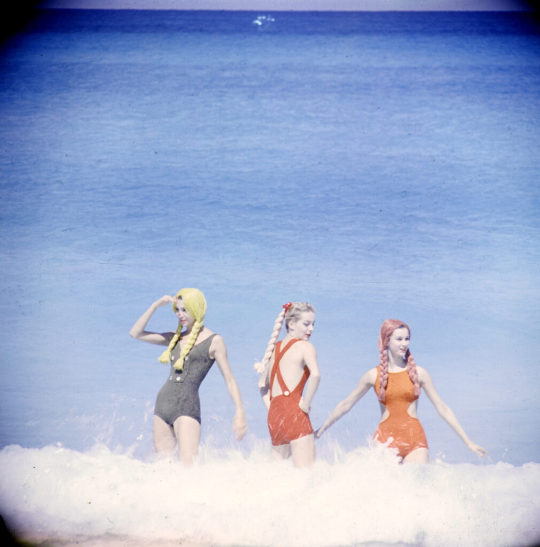
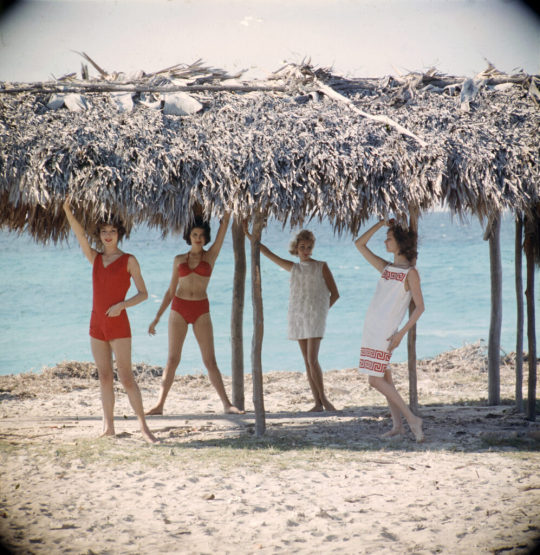
Beach fashions, Cuba, 1956 (photo by Gordon Parks/Life Picture Collection/Shutterstock)
144 notes
·
View notes
Text
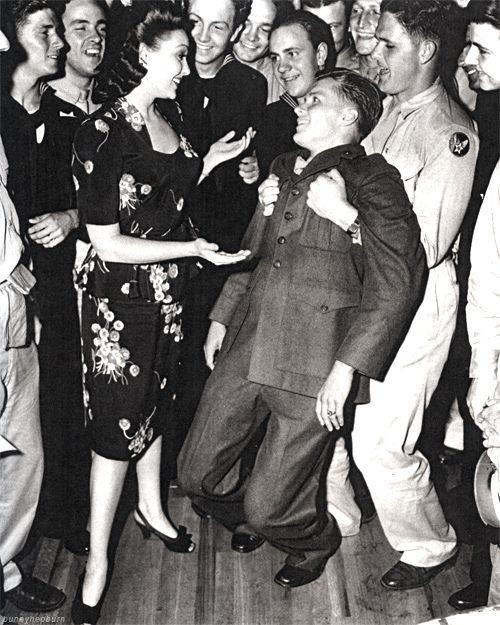
Linda Darnell and some GI friends - 1943
#linda darnell#army#wwii#20th century#hollywood#old hollywood#classic hollywood#nostalgia#vintage#40s#wartime
44 notes
·
View notes
Text

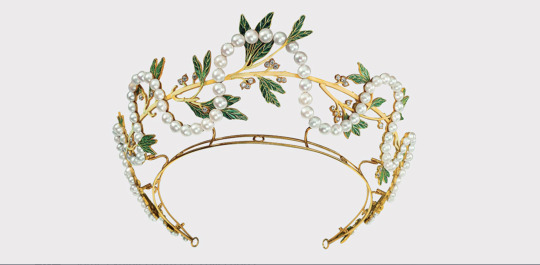
René Lalique, Diadem of pearls, diamonds, gold and enamelwork, ca. 1903 (Schmuckmuseum Pforzheim)
13K notes
·
View notes
